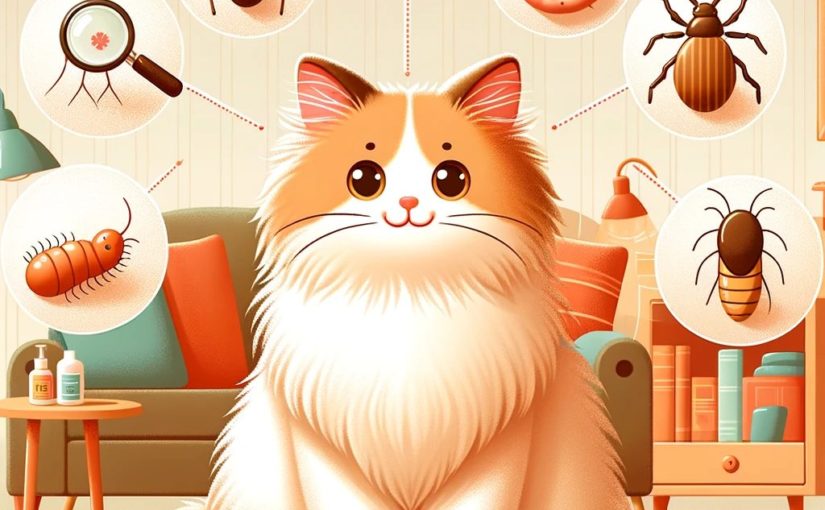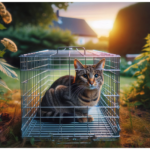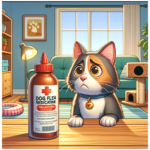So why is Fluffy no longer so fluffy? There are several very common cat skin conditions that can cause hair loss, dry flaky skin, itchy and inflamed skin, rashes and lesions. Let’s explore the most common ones, how to recognize them and what you can do to help.
Common Cat Skin Conditions
- Allergies: Cats can develop allergies to food, pollen, fleas, and more, leading to itchy skin, rashes, and hair loss. The Journal of Veterinary Science discusses how food allergies in cats can manifest and the importance of identifying the allergen.
- Parasites: Fleas, ticks, and mites are notorious for causing skin irritation in cats. The Companion Animal Parasite Council provides comprehensive guidelines on dealing with these parasites.
- Fungal Infections: Ringworm, a common fungal infection, can cause skin lesions and hair loss. Research in the Journal of Feline Medicine and Surgery elaborates on diagnosis and treatment options.
- Bacterial Infections: Often secondary to other skin problems, bacterial infections can exacerbate a cat’s discomfort. The Cornell Feline Health Center offers insights into various bacterial skin infections in cats.
- Stress-Related Issues: Cats can over-groom due to stress, leading to skin problems. Understanding cat behavior, as discussed in this MSPCA-ANGELL article, is crucial for addressing these issues.
Recognizing the Signs of Common Cat Skin Conditions
Be on the lookout for:
- Excessive scratching or grooming
- Redness, bumps, or rashes
- Hair loss or thinning
- Scaly or flaky skin
When to See the Vet
Consult your vet if you notice:
- Persistent skin issues
- Signs of infection (swelling, heat, pus)
- Behavioral changes (lethargy, loss of appetite)
Prevention and Care
- Regular Grooming: Helps in early detection of skin issues.
- Parasite Control: Use vet-recommended flea and tick preventatives.
- Nutrition: A balanced diet supports skin health.
- Stress Management: Provide a calming environment and enrichment activities.
Closing Thoughts
Your cat’s skin health is a vital part of their overall well-being. Being informed and observant can make a huge difference in your cat’s quality of life. Remember, when in doubt, your vet is your best resource for advice and treatment. Here’s to happy, healthy cats!







Thanks for sharing. I read many of your blog posts, cool, your blog is very good.